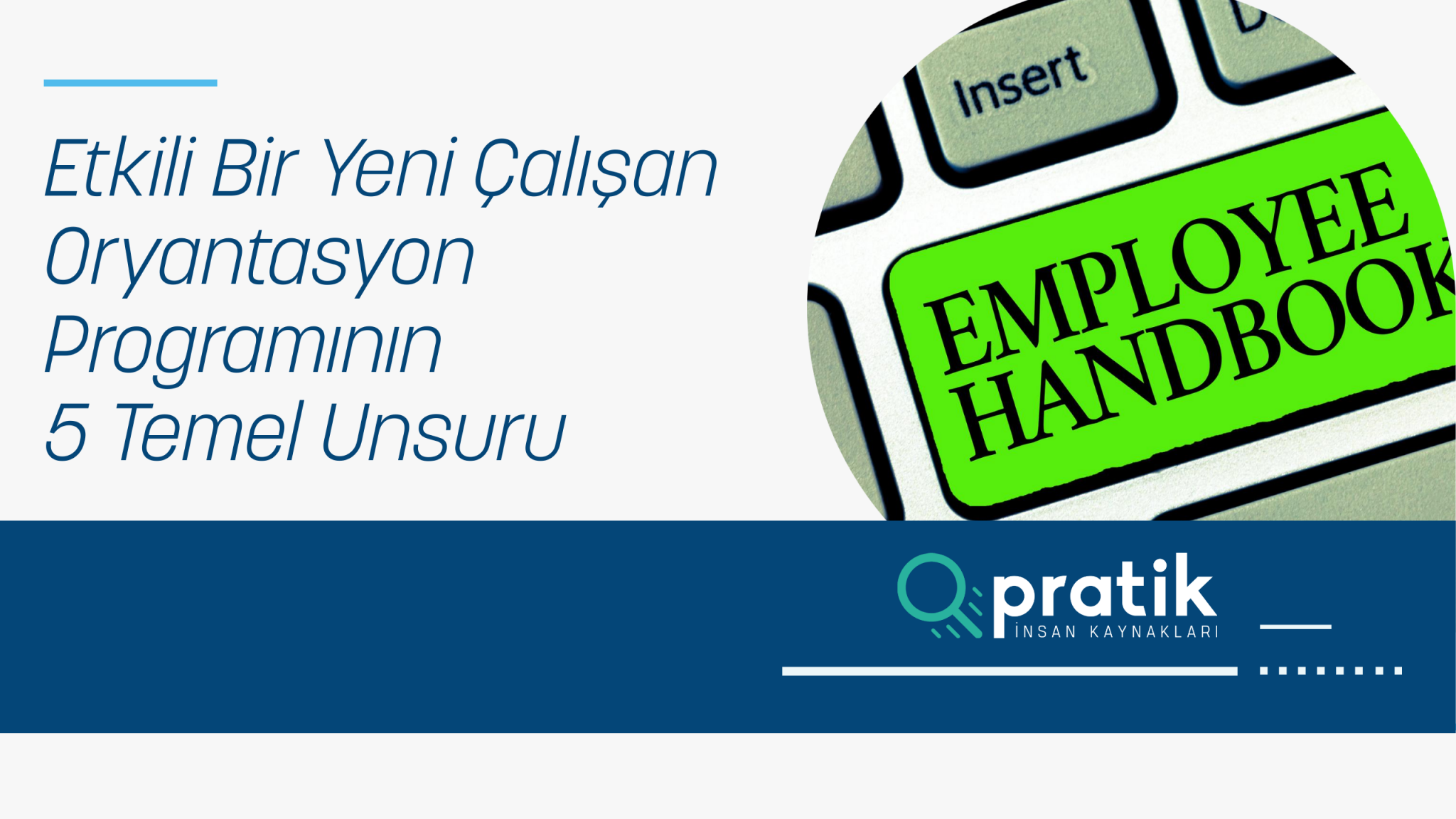The employee orientation process is critical for human resources management. The saying “you never get a second chance to make a first impression” holds when it comes to hiring new employees, and an effective orientation program should include at least six key elements. This is important regardless of the industry in which a company operates.
Information about the company’s mission, core values, and culture
It is not uncommon for employers to become caught up in the details of hiring a new employee and neglect to highlight their company’s mission, values, and culture during the orientation process. However, this is an important step in aligning new employees with the company’s business goals and should not be overlooked. Failing to emphasize the company’s inclusive mission and core values during the orientation process can lead to misalignment and hinder the success of the new hire.
Information about the employer’s benefits
In some successful companies, employee benefits can account for a significant portion of an employee’s wage or salary, sometimes approaching 70%. While it is important to provide new hires with information on company rules and policies, it is also crucial to “sell” the various benefits available to them. By informing employees about all of the benefits offered by the company, the employer can establish a positive relationship with the new hire from the outset. This can help create a sense of appreciation and value for the employee, which can in turn enhance their motivation and performance.
Information about company policies
Every company has a set of rules and policies that govern its operations. During the employee orientation process, the employer needs to provide new hires with a document outlining these policies and their commitment to complying with them. Some of the policies that may be discussed at orientation include:
– equal employment opportunity
– no mobbing
– family and medical leave, reasonable accommodation
– electronic communication
– social media/blog
– overtime
– safety and health
– continuation of health insurance benefits
– inspection of work areas
– not bringing dangerous substances to the workplace
– workplace violence
A comprehensive explanation of the new employee’s job duties
There is no debate that an effective employee orientation program should include a thorough explanation of the new hire’s job duties. This should include:
information on measures of success and failure at work,
the process for evaluating performance,
the resources available to support the employee in learning and excelling in their role,
and the relevance of the job to the overall business of the company.
Providing this information helps ensure that the new hire is well-equipped to succeed in their position.
Documentation
Documenting the employee orientation process is essential for demonstrating compliance with the law. While some companies may choose to skip this step, it is beneficial for the company to keep thorough documentation of the orientation process. This can protect the company in the event of any issues or problems that may arise.
Solution
New employee orientation programs should be customized to fit the needs of each company, industry, and specific job. However, incorporating these five key elements can serve as a foundation for developing an effective orientation process.
Follow Pratik HR, a recruitment agency in Turkey, for more articles about HR

